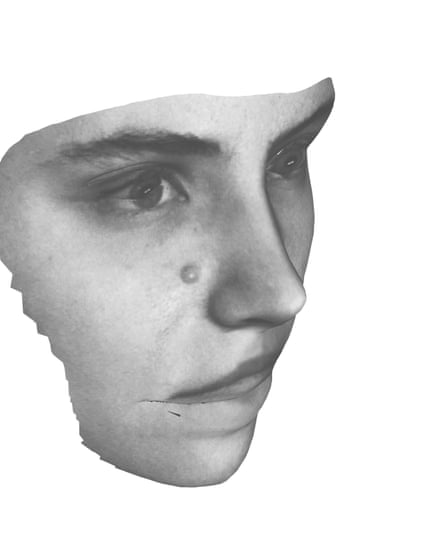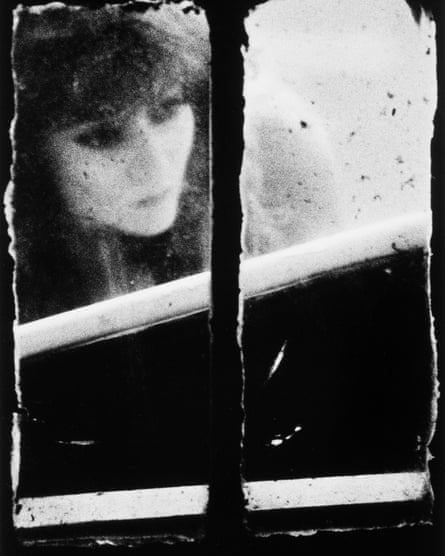“Photography is demonstrably the most contemporary of art forms; it is the most vital, effective and universal means of communication of facts and ideas between peoples and nations.” So said Cornell Capa, the founder of the International Centre of Photography, which opened in New York in 1974 with a remit to preserve the archives and exhibit the work of what he called “concerned photographers” everywhere.
Forty-odd years later, the ICP has just opened in a new downtown location on the Bowery with a bold exhibition, Public, Private, Secret, that attempts to take the measure of contemporary photography at a time when it is still undeniably the most contemporary of art forms, though in ways Capa would never have imagined. In the age of social media and insta-overload, photography not only reflects the fast-forward momentum of the hyper-digital age but drives and shapes it. Put simply, no other medium is so intertwined with digital culture as photography. The medium, as Marshall McLuhan predicted, is very much the message.
Today, the question that exercised Capa at a time when the moving image seemed the biggest threat to photojournalism – “whither concerned photography?” – seems oddly quaint in the contexts of the selfie, Instagram and Photoshop. A more apt question might be: “what is photography?” That question resounds throughout Public, Private, Secret, and, indeed, throughout contemporary photography from the proliferation of artists using found imagery – often downloaded from the internet or culled from obscure archives – to the widespread embrace of digital manipulation and photography that, to borrow a term beloved of curators, “interrogates the medium”.
If one wanted to measure the lunar distance photography has travelled from the work of a 1950s master such as Henri Cartier-Bresson, whose idea of the so-called “decisive moment” held sway for so long as a shorthand for the kind of authenticity that photography once seemed so desperate to attain, one need only compare his work to, say, the images produced – or reproduced – by Doug Rickard. For Rickard’s series in Public, Private, Secret, the source material is caught on smartphones and uploaded on to YouTube: often blurry citizen reportage of assaults and robberies collaged into a kind of meta-narrative that speaks of very contemporary anxieties – both about everyday American violence and the ways in which evidence of that violence is disseminated on social media sites without context or condemnation.
Cartier-Bresson’s work is perhaps the most emblematic example of what used to be called straight photography: an example of the art of going out into the world with a camera to take a great photograph. Now, though, photography tends to be made – and remade, remixed or recontextualised – rather than taken.

In Tate Modern’s recent exhibition, Conflict, Time, Photography, for instance, the first room contained Don McCullin’s memorable image from the Vietnam war of a shellshocked American marine. On an adjoining wall hung an image by Broomberg & Chanarin that was made by exposing a sheet of photographic paper to sunlight just after a soldier was killed in Afghanistan in 2008. It, too, is war photography, but not as we know it: an absurdist response to the strictures of being embedded with the British army and also to the idea of reportage itself in an era when the mobile phone camera allows everyone to bear witness.
Bearing witness, of course, is what Cornell Capa dedicated his life to as a photographer as well as the founding director of ICP. It is what his more famous brother Robert died doing in Indochina in 1954. What they would have made of Rickard’s borrowed images or Broomberg & Chanarin’s conceptual provocation is not hard to second guess.

Public, Private, Secret, which moves uneasily between explorations of social media mores, surveillance and the dissolving of the space between public and private that occurs in both, is not a show for photography purists. It has, perhaps unsurprisingly, met with a mixed critical response. The clutter of often conflicting social media-based imagery and, more problematically, the dilemma of how best to show work of this kind – on screens, projections, prints; randomly; or with a curatorially imposed order that possibly negates their fractured nature – is one that is now exercising the minds of institutions across the globe. Photography is no longer simply prints on the wall.

Whatever else it is, though, Public, Private, Secret, is a very public, perhaps even foolhardy, statement of intent. One cannot imagine a British institution attempting the same. We remain as a nation, I think, inordinately suspicious of photography even though, on the ground, there is a vibrant contemporary photography culture of independent small galleries and exciting practitioners.
Outside that bubble it remains for most British people a mid-20th century form: black and white, deftly composed, documentary. And, even after Walker Evans and Andy Warhol, Diane Arbus and Cindy Sherman, William Eggleston and Andreas Gursky, not really art – witness the Guardian’s art critic Jonathan Jones’s recent provocation: “Flat, soulless and stupid: why photographs don’t work in art galleries.” The British, it seems, don’t get photography in much the same way as they don’t get Europe – it simply isn’t British enough.
Ironically, when I interviewed Charlotte Cotton in 2011, she was the newly appointed creative director of the still-to-open Media Space in London, an adjunct to the Science Museum, which she described as more “a kunsthalle than a museum”.
She continued: “We are at a point where everything is up for review, including the idea of what a cultural space should be doing at this moment of what you might call exhilarating crisis.”
Within months, though, she had departed the job, stymied, one sensed, by the Science Museum’s lack of faith in her vision for the new gallery. Now, as the newly revamped and relocated ICP opens under her aegis, rumours abound about Media Space’s future and London still does not have a big, radically visionary exhibition space devoted to photography.
Perhaps we need a Cornell Capa for our times: someone who understands that photography is, perhaps more than ever, “demonstrably the most contemporary of art forms”. Don’t hold your breath, though.

Comments (…)
Sign in or create your Guardian account to join the discussion